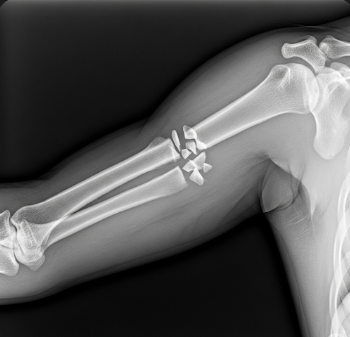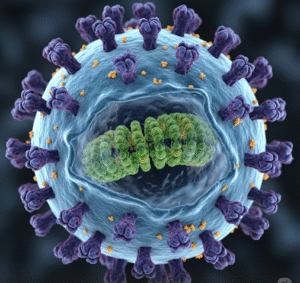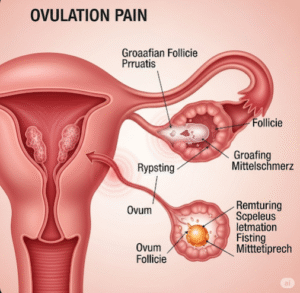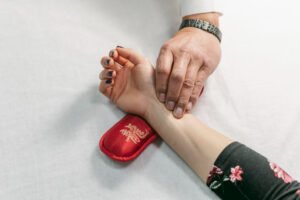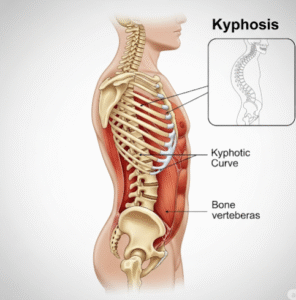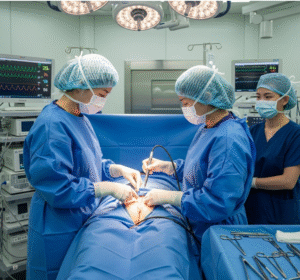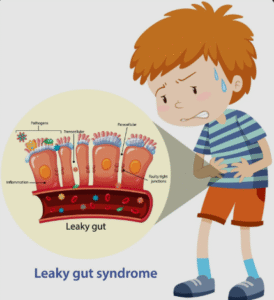Overview
Bone fractures are breaks, cracks, or disruptions in the continuity of a bone, typically caused by trauma, falls, accidents, or underlying bone weakness. They can range from simple, stable fractures to complex, compound, or multiple fractures involving adjacent tissues.
In Korea, bone fractures are managed in orthopedic and trauma centers, which provide rapid diagnosis, immobilization, surgical intervention if necessary, and rehabilitation programs. Advanced imaging and surgical techniques ensure optimal healing, minimal complications, and functional recovery. Early treatment and proper follow-up are essential for preventing long-term disability.
What is a Bone Fracture?
A bone fracture occurs when a force exceeds the bone’s strength, causing it to crack or break. Fractures are classified based on:
- Location: Long bones, spine, pelvis, ribs, hands, or feet
- Pattern: Transverse, oblique, spiral, comminuted, or greenstick
- Severity: Simple (closed) or compound (open, with skin penetration)
Bone fractures may also be stress fractures, which develop gradually from repetitive strain, or pathologic fractures, caused by weakened bones due to conditions such as osteoporosis, bone cancer, or infections.
Symptoms
The presentation of a bone fracture depends on severity, location, and type:
- Immediate pain at the fracture site, often severe and worsening with movement
- Swelling and bruising around the affected area
- Deformity or abnormal positioning of the limb or affected bone
- Limited mobility or inability to bear weight
- Visible bone protrusion in compound fractures
- Tenderness and warmth at the fracture site
- Numbness or tingling if nerves are affected
- Shock or fainting in severe trauma cases
Stress fractures may present with gradual pain, tenderness, and swelling, without obvious deformity.
Causes
Bone fractures occur due to mechanical, pathological, or repetitive stress factors:
- Trauma: Falls, sports injuries, car accidents, or direct blows
- Osteoporosis: Reduced bone density increases fracture risk
- Bone tumors: Weaken bone structure, leading to pathologic fractures
- Stress or overuse: Repetitive activities in athletes or military personnel
- Congenital bone disorders: Conditions like osteogenesis imperfecta
- Infections: Osteomyelitis can weaken bones and cause fractures
Risk Factors
- Age: Older adults are more prone due to osteoporosis; children have more flexible bones but can sustain greenstick fractures
- Osteoporosis or osteopenia
- High-impact activities: Contact sports, cycling, or extreme sports
- Nutritional deficiencies: Low calcium or vitamin D intake
- Previous fractures increasing susceptibility
- Chronic medical conditions: Cancer, endocrine disorders, or autoimmune diseases
- Medications: Long-term corticosteroid use can weaken bones
Complications
Bone fractures may lead to several complications if untreated or improperly managed:
- Delayed healing or nonunion: Bone fails to heal properly
- Malunion: Bone heals in an abnormal position, causing deformity
- Infection: Especially in open or compound fractures
- Nerve or blood vessel damage: Leading to numbness, weakness, or ischemia
- Compartment syndrome: Increased pressure in a muscle compartment, potentially life-threatening
- Osteoarthritis: Fractures involving joints may increase long-term arthritis risk
- Impaired mobility or chronic pain
Prevention
Preventive strategies focus on bone strength, safety measures, and early risk recognition:
- Maintain bone health: Adequate calcium and vitamin D intake, regular weight-bearing exercise
- Fall prevention: Safe home environments for older adults, use of handrails, non-slip flooring
- Protective gear: Helmets, pads, and braces during sports or high-risk activities
- Bone density screening: Especially for postmenopausal women and older adults
- Avoid smoking and excessive alcohol: Both reduce bone density
- Prompt treatment of minor fractures or bone conditions to prevent worsening
Treatment Options in Korea
Diagnosis
Korean hospitals utilize advanced diagnostic methods for accurate fracture assessment:
- Physical examination: Assess deformity, tenderness, and range of motion
- X-rays: Standard imaging for fracture type and location
- CT or MRI scans: Detailed imaging for complex, joint-involved, or stress fractures
- Bone scans: Detect subtle stress fractures or hidden fractures
- Laboratory tests: Evaluate underlying causes such as osteoporosis or infection
Medical Management
- Immobilization: Casts, splints, or braces to stabilize the fracture
- Pain management: Analgesics such as acetaminophen, NSAIDs, or stronger medications if needed
- Anti-inflammatory medications: Reduce swelling and discomfort
- Activity modification: Limiting movement to promote healing
Surgical Management
Surgery may be required for complex, unstable, or open fractures:
- Internal fixation: Plates, screws, or rods to stabilize the bone
- External fixation: Pins and frames outside the body for severe fractures
- Joint reconstruction: If the fracture involves a joint surface
- Bone grafting: For nonunion or large defects
Korean orthopedic centers specialize in minimally invasive surgical techniques, reducing recovery time and improving outcomes.
Supportive Care
- Physical therapy: Restores strength, flexibility, and function after immobilization or surgery
- Occupational therapy: Helps patients resume daily activities
- Nutritional support: Promotes bone healing and overall recovery
- Regular follow-ups: Monitor healing progress and detect potential complications
Prognosis
The prognosis for bone fractures in Korea is generally excellent with timely treatment:
- Simple fractures typically heal within 6–12 weeks
- Complex or multiple fractures may require longer recovery and rehabilitation
- Early surgical intervention and proper post-operative care improve outcomes
- Most patients regain full mobility and function, although severe or complicated fractures may result in long-term limitations
- With Korea’s advanced orthopedic care, imaging, and rehabilitation services, patients can achieve optimal healing and minimize complications

